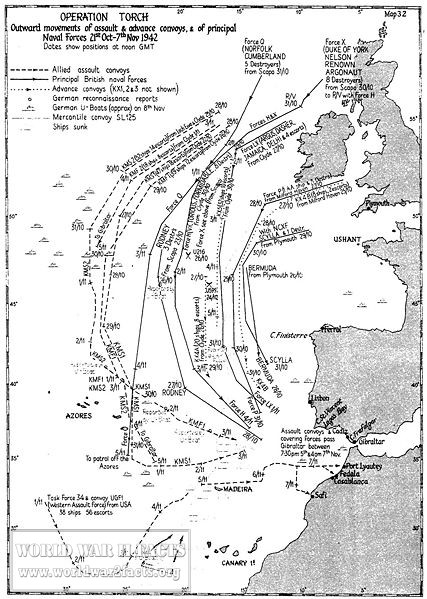
16, 24 enemy divisions, 10 of which were armored, launched a massive counterattack in the Ardennes sector, resulting in what became known as the Battle of the Bulge. The Division pushed into Germany, crossing the Rhine River. attacked the first major German city, Aachen, and after many days of bitter house-to house fighting, the German commander surrendered the city on Oct. The Division liberated Liege, Belgium, and pushed to the German border, crossing through the fortified Siegfried line. After the beachhead was secured, the Division moved through the Normandy Hedgerows. On D-Day, June 6, 1944, Big Red One stormed ashore at Omaha Beach. They advanced on as the Allies advanced to the Straits of Messina.īy the spring of 1944, the 1st Infantry Division transferred to England to begin preparations for the Invasion of Normandy. They then faced 100 tanks of the Herman Goering Tank Division.

The Division then moved on to take Sicily in "Operation Husky." Landing at Gela, July 10, 1943, they quickly overpowered the Italian defenses. On May 9, 1943, the commander of the German "Afrika Korps" surrendered his force of 40,000 and North African operations for the Big Red One ended. The First Division landed on the coast of Algeria near Oran. The 1st Infantry Division entered combat in World War II, November 8, 1942, as part of "Operation Torch", the invasion of North Africa. The Division departed New York Port of Embarkation on August 1, 1942, arriving in England on August 7, 1942.

On August 1, 1942, the First Division, also known as "Big Red One" was reorganized and redesignated as the 1st Infantry Division. On Jit was officially re-organized in New York as the 1st Division. The First Expeditionary Division was constituted in May 1917 from Army units serving on the Mexican border and at various Army posts throughout the United States. 1st Infantry Division | Big Red One | US Army


 0 kommentar(er)
0 kommentar(er)
